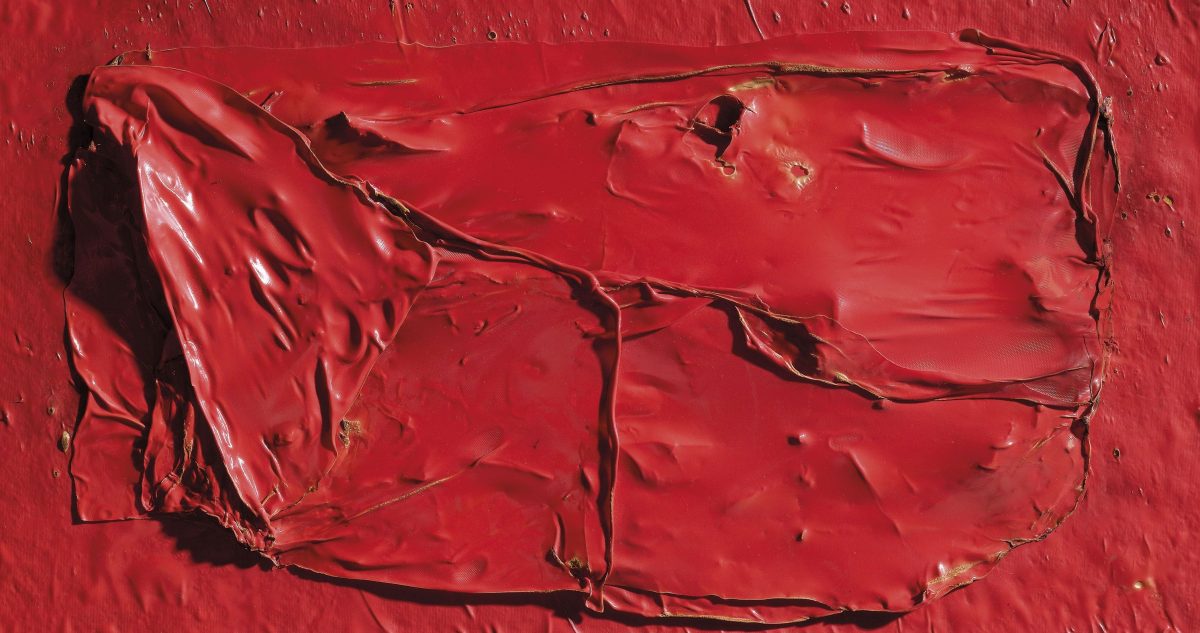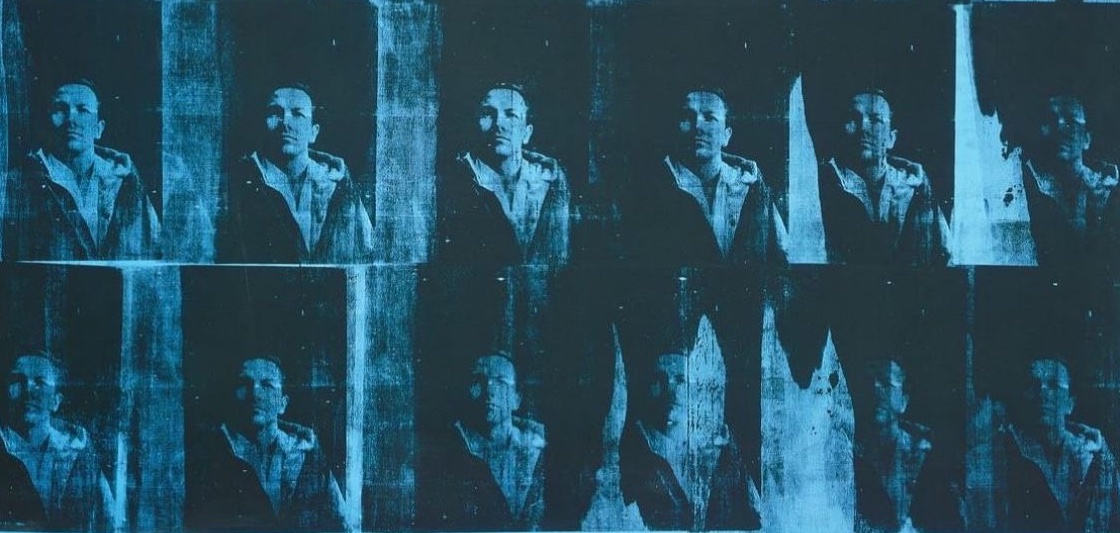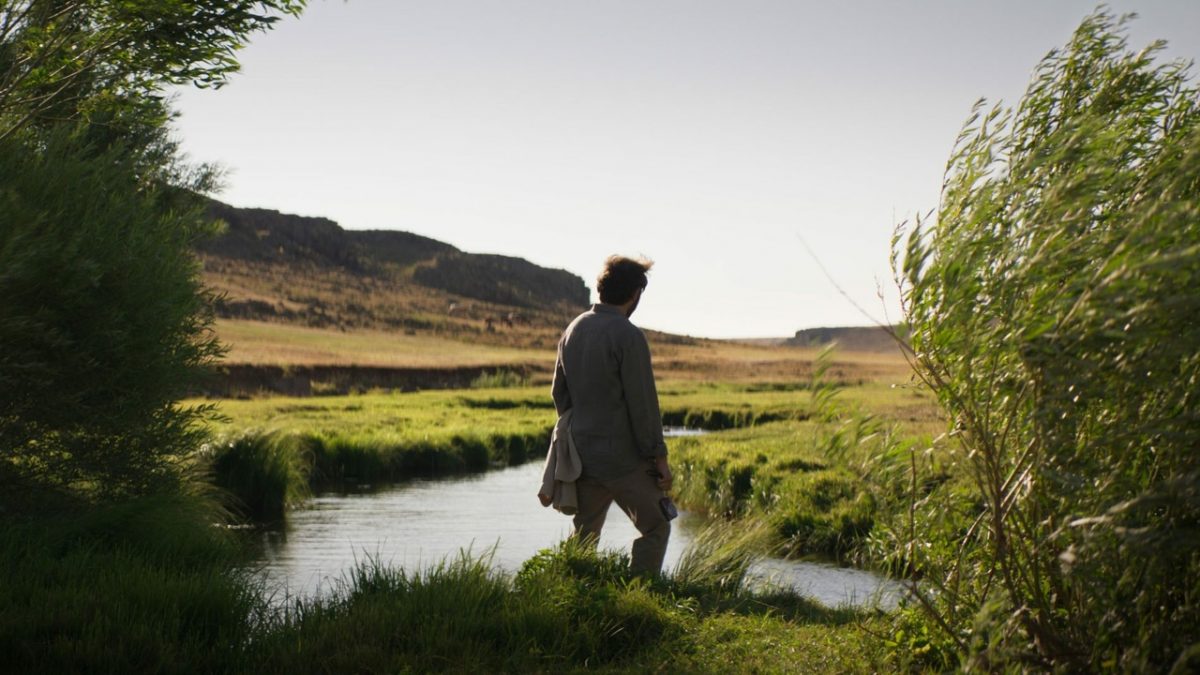The far right wants to decolonize. In France, far-right intellectuals routinely cast Europe as indigenous victim of an ‘immigrant colonization’ orchestrated by globalist elites. Renaud Camus, theorist of the Great Replacement, has praised the anticolonial canon – ‘all the major texts in the fight against decolonization apply admirably to France, especially those of Frantz Fanon’ – and claimed that indigenous Europe needs its own FLN. A similar style of reasoning is evident among Hindu supremacists, who employ the ideas of Latin American decolonial theorists to present ethnonationalism as a form of radical indigenous critique; the lawyer and writer Sai Deepak did this so successfully that he managed to persuade decolonial theorist Walter Mignolo to write an endorsement. Meanwhile in Russia, Putin proclaims Russia’s leading role in an ‘anti-colonial movement against unipolar hegemony’, with his foreign minister Sergei Lavrov promising to stand ‘in solidarity with the African demands to complete the process of decolonization’.
The phenomenon goes beyond the kinds of reversal common to reactionary discourse. A decolonial perspective is championed by the two foremost intellectuals of the European New Right: Alain de Benoist and Alexander Dugin. In the case of de Benoist, this involved a major departure from his earlier colonialist allegiances. Coming to political consciousness during the Algerian War, he found his calling among white nationalist youth organizations seeking to prevent the collapse of the French empire. He praised the OAS for its bravery and dedicated two early two books to the implementation of white nationalism in South Africa and Rhodesia, describing South Africa under apartheid as ‘the last stronghold of the West from which we came’. Yet by the 1980s, de Benoist had shifted course. Having adopted a pagan imaginary and dropped explicit references to white nationalism, he began to orient his thought around a defence of cultural diversity.
Against the onslaught of liberal multiculturalism and mass consumerism, de Benoist now argued that the Nouvelle Droite should struggle to uphold the ‘right to difference’. From here, it was a short distance to claiming a belated kinship with the plight of Third World nations. ‘Undertaken under the aegis of missionaries, armies, and merchants, the Westernization of the planet has represented an imperialist movement fed by the desire to erase all otherness’, he wrote with Charles Champetier in their Manifesto for a European Renaissance (2012). The authors insisted that the Nouvelle Droite ‘upholds equally ethnic groups, languages, and regional cultures under the threat of extinction’ and ‘supports peoples struggling against Western imperialism’. Today, the preservation of anthropological difference and a sense of indigenous fragility are common tropes on the European far right. ‘We refuse to become the Indians of Europe’, proclaims the manifesto of the neo-fascist youth group Génération Identitaire.
Dugin, a close associate of de Benoist, has integrated this decolonial spirit into his worldview even more deeply. His system of thought – what he calls neo-Eurasianism or The Fourth Political Theory – is underpinned by a critique of Eurocentrism derived from anthropologists such as Lévi-Strauss. Russia, he claims, shares much with the postcolonial world: it, too, is a victim of the assimilating drive inherent to Western liberalism, which forces a world of ontological diversity into a flat, homogeneous, de-particularized mass (we can think of Renaud Camus’s ‘Undifferentiated Human Matter’ or what Marine le Pen called ‘the flavourless mush’ of globalism). Contra this universalizing agenda, Dugin asserts, we live in a ‘pluriverse’ of distinct civilizations, each moving according to its own rhythm. ‘There is no unified historical process. Every people has its own historical model that moves in a different rhythm and sometimes in different directions.’ The parallels with the decolonial school of Mignolo and Anibal Quijano are hard to miss. Each civilization blossoms out of a unique epistemological framework, but such efflorescence has been stunted by the ‘unitary episteme of Modernity’ (Dugin’s words, but they could be Mignolo’s).
Modernization, Westernization and colonization are ‘a synonymous series’: each involves imposing an exogenous developmental model upon plural civilizations. That the ethnonational identities Dugin defends are artefacts of the colonial production of difference – the racial regimes through which it differentiates, categorises, and organizes exploitation and extraction – is not considered. Nor, for that matter, is the quintessentially modern character of many anticolonial movements, which sought not to return to a traditional culture but rather to remake the world system. As Fanon put it, decolonization could neither renounce ‘the present and the future in favour of a mystical past’ nor base itself on ‘sterile litanies and nauseating mimicry’ of a debased Europe that was, at the time he was writing, ‘swaying between atomic and spiritual disintegration.’
Dugin and de Benoist are unfazed by such contradictions. ‘The Fourth Political Theory has become a slogan for the decolonization of political consciousness’, Dugin claims, whose first practical expression is Russia’s invasion of Ukraine. This is understood as a long-awaited struggle in the reunification of Eurasia, an ancient pan-Slavic civilization dismembered by Western designs, but also the first stage in what he calls the Great Awakening, a millenarian battle to overturn the liberal world order and usher in a multipolar world. Dugin envisages a coalition of movements across the world participating in this battle: ‘American protestors will be one wing and European populists will be the other wing. Russia in general will be the third; it will be an angelic entity with many wings – a Chinese wing, an Islamic wing, a Pakistani wing, a Shia wing, an African wing and a Latin American wing’. But isn’t the war in Ukraine an imperial war, or a war of ‘competing imperialisms’, as Liz Fekete put it? Dugin would agree. Russia’s invasion of Ukraine is a key step in its ‘imperial renaissance’.
How is it possible to speak the language of imperial renaissance and decolonization in the same breath? Here, Dugin and de Benoist draw their principal resources from Carl Schmitt. In his writings on geopolitics, Schmitt identifies in the ‘sea power’ of the Anglo-American maritime empires a particular kind of imperial domination – one that is dispersed, deterritorial, floating, financial, liquid. Sea power breeds a scattered empire lacking in territorial coherence and generates a spatial-juridical framework that reads the surface of the earth as merely a series of traffic routes. This imperialism also generates its own epistemology: ‘The juridical way of thinking that pertains to a geographically incoherent world empire scattered across the earth tends by its own nature towards universalistic argumentation’, Schmitt writes. Under the guise of abstract universals such as human rights, this imperium ‘interferes in everything’. It’s ‘a pan-interventionist ideology’, he writes, ‘all under the cover of humanitarianism.’
Against the deterritorial imperium, Schmitt opposes what he considers to be a legitimate, territorial imperialism. This is based around his concepts of the Grossraum and the Reich: a Grossraum can be understood as a civilizational bloc, while the Reich is its spiritual, logistical and moral centre. As Schmitt writes, ‘every Reich has a Grossraum into which its political idea radiates and which is not to be confronted with foreign interventions’. If the imperium corresponds to an ‘empty, neutral, mathematical-natural scientific conception of space’, the Grossraum involves a ‘concrete’ conception inseparable from the particular people that occupies it. This territorial notion of space, Schmitt writes, ‘is incomprehensible to the spirit of the Jew.’ As de Benoist proclaims: ‘The fundamental distinction between the earth and the sea, the land and sea powers, which define the distinction between politics and trade, solid and liquid, area and network, border and river, will become more important again. Europe must stop being dependent on US sea power and be in solidarity with the continental logic of the earth.’ Land is being colonized by water, the heartlands by the port cities, sovereign authority by flows of transnational capital.
With this opposition between the imperium and the Grossraum, Schmitt’s thought provides an impressive realignment: territorial empire-building becomes compatible with a certain anticolonial sentiment. In Dugin and de Benoist’s recent writings, ‘colonization’ is a despised deterritorial affair, while ‘imperialism’ is reserved for a more noble, territorial form of expansion. Colonialism thus comes to mean less a phenomenon of political or military domination than ‘a state of intellectual enslavement’, in Dugin’s words, less a matter of territorial annexation than a form of subjection to ‘colonial ways of thinking’. It is the ‘sovereignty’ of minds, words and categories that is violated. Colonialism dominates the world by stripping away identities: no more women, only Gender X (to use Giorgia Meloni’s terminology). It is ‘ethnocidal’ at its core; cultural erasure and demographic replacement are its principal tools. ‘Military, administrative, political and imperialist colonizations are certainly painful for the colonized,’ Renaud Camus tells us, ‘but they are nothing compared to demographic colonizations, which touch the very being of the conquered territories, transforming their souls and bodies.’
With the meaning of colonization transformed to refer to shifting migration patterns (wrought by nothing other than the colonial structure of the global economy), changing gender norms and a homogenizing liberal culture, the far right can present themselves as champions of popular sovereignty and the self-determination of peoples. They can also stage an imaginary struggle against the ravages of transnational capital. To decolonize, for these thinkers, is to split off one kind of capitalism from another, a procedure well established within far-right thought. A globalist, rootless, parasitic, financial capitalism (imagined now as colonial) is separated from a racial, national, industrial capitalism (imagined as self-determining, or even decolonial). It goes without saying that such a separation is illusory: global systems of capital accumulation, with their entwined processes of immaterial speculation and earthly extraction, cannot be decoupled in this way. But separating the inseparable does not seem to pose a problem for reactionary thought. Indeed, it may be crucial to it. For once an imaginary antinomy has been constructed, one can disavow the hated side of it, and in this way seem to gain mastery over one’s own riven interior.
Read on: Jacob Collins, ‘An Anthropological Turn?’, NLR 78.









